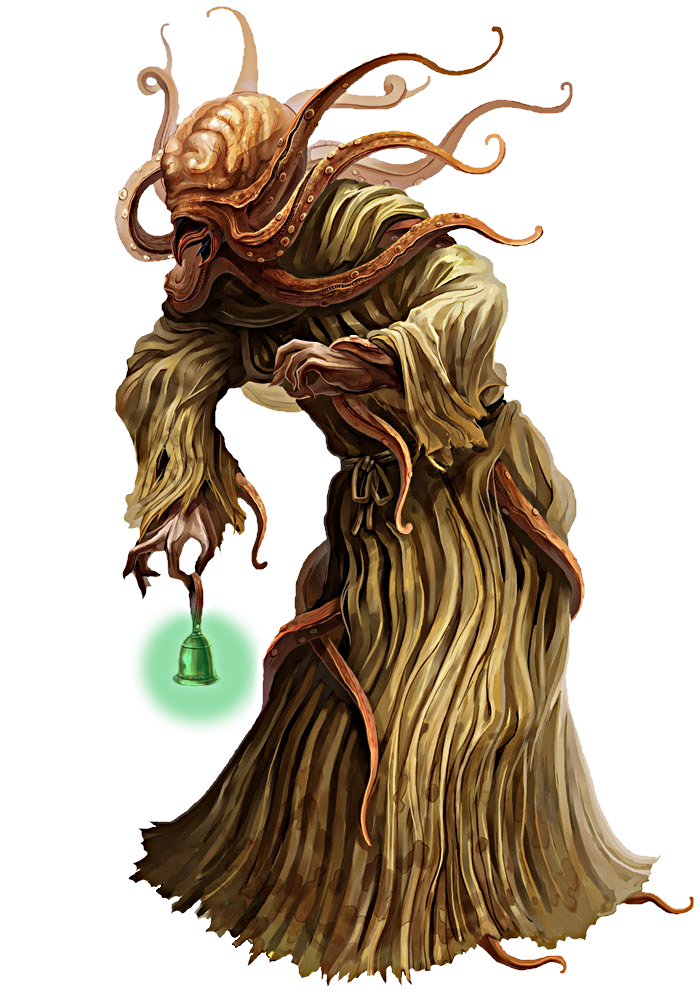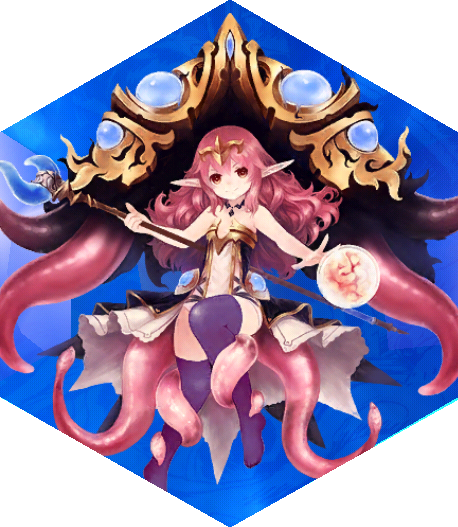overgeeked
Open-World Sandbox
I started a thread about the myths and legends D&D used as sources for their monsters. Some good stuff there. Including a link to two RPG.net threads that go into exhaustive detail about the topic.

 www.enworld.org
www.enworld.org

D&D General - D&D monsters and the myths they come from...
I know a little about this stuff and I'm sure there are others who know a lot more. So how about a thread where we delve into the public domain origins of the monsters that appear in D&D. No reason. Obviously not all the monsters in D&D are from public domain sources, but a surprising number...
 www.enworld.org
www.enworld.org





